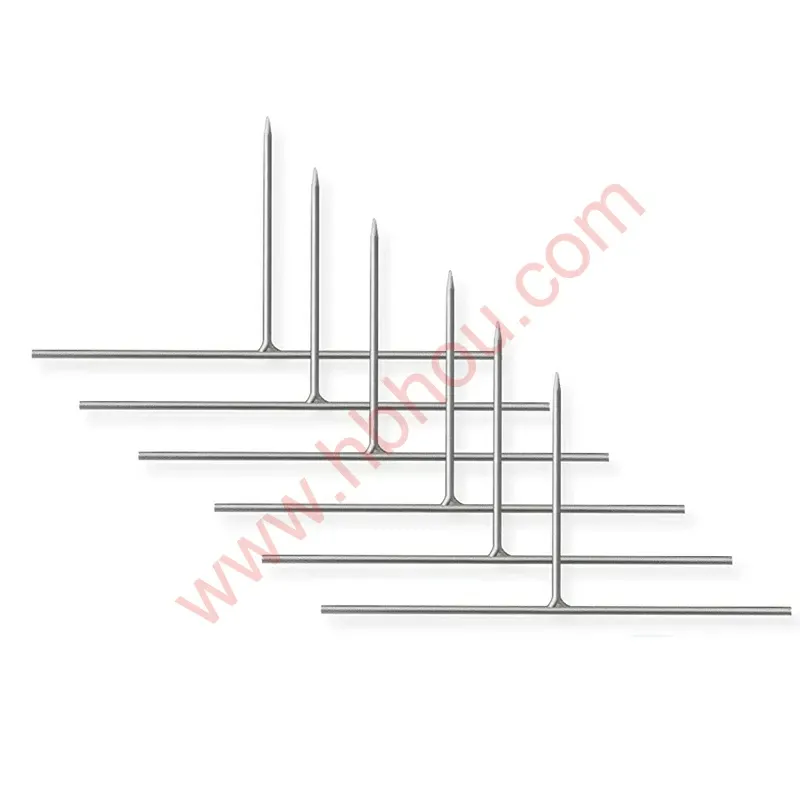Understanding Tomato Cage Sizes A Comprehensive Guide
Growing tomatoes can be a rewarding experience, but to ensure the best yield and quality of your fruit, using the right support system is crucial. Tomato cages are essential tools that provide structural support to the plants as they grow, helping to keep them upright and preventing the fruit from touching the ground. However, with various cage sizes and types available in the market, choosing the right one can be daunting. In this article, we will delve into the different tomato cage sizes and how to select the best one for your needs.
The Importance of Tomato Cages
Tomato plants can grow quite tall, sometimes reaching heights of over six feet. Without proper support, they can become unruly, leading to broken branches and damaged fruit. Tomato cages help manage the plant's growth, allowing for better air circulation and sunlight exposure, which is vital for healthy tomatoes. Furthermore, cages keep the fruit off the ground, reducing the risk of rot and pest infestations.
Common Sizes of Tomato Cages
Tomato cages typically come in various sizes, each catering to different tomato varieties and growth habits. Here are some of the most common sizes you may encounter
1. Small Cages (18-24 inches in height) These cages are ideal for determinate varieties of tomatoes, which generally grow to a fixed height and produce fruit all at once. Small cages provide just enough support to keep these plants upright, making them suitable for container gardening or small garden beds.
2. Medium Cages (36-48 inches in height) Medium-sized cages work well for both determinate and indeterminate tomato varieties. Indeterminate tomatoes continue to grow and produce fruit throughout the growing season, so these cages provide adequate support for their climbing and sprawling habits. Many gardeners prefer this size for home gardens as it strikes a balance between height and stability.
3. Large Cages (54-72 inches or more in height) For indeterminate tomato varieties that can exceed six feet in height, large cages are essential. These cages offer robust support and allow the plants to grow naturally without the risk of toppling over. They are typically made from sturdy materials that can withstand the weight of the plant and its fruit.
Material Considerations
tomato cage sizes

When choosing a tomato cage size, it’s also important to consider the material. Most tomato cages are made from metal, plastic, or wood.
- Metal Cages These are often the most durable option. They can withstand the weight of heavy fruit and the stress of strong winds. However, they can also rust over time, so consider stainless steel or galvanized options.
- Plastic Cages Lightweight and often less expensive, plastic cages are easy to move. However, they may not provide as much support as metal cages, particularly for larger plants.
- Wooden Cages These offer a natural look and can be very sturdy when constructed properly. However, they require regular maintenance to prevent rot and damage.
Tips for Choosing the Right Cage Size
1. Know Your Tomato Variety Understanding whether you are planting determinate or indeterminate tomatoes is key to selecting the right cage size. Determinate types often need shorter cages, while indeterminate varieties require taller structures.
2. Consider Your Garden Space Assess the size of your garden and how much space each plant will need. Ensure that the cages you choose will fit comfortably without crowding other plants.
3. Check for Stability Opt for cages designed to withstand windy conditions if you live in a breezy area. Look for options with secure bases that prevent tipping.
4. Plan for Growth As your tomato plants grow, they will require more support. Choose a cage that accommodates the plant’s entire growing season, ensuring that it can support its maximum height and load.
In conclusion, selecting the right tomato cage size is paramount for successful tomato cultivation. By understanding the types of tomatoes you are planting, the space available, and the material options, you can make an informed choice that will support your plants and enhance your gardening experience. Happy gardening!
















